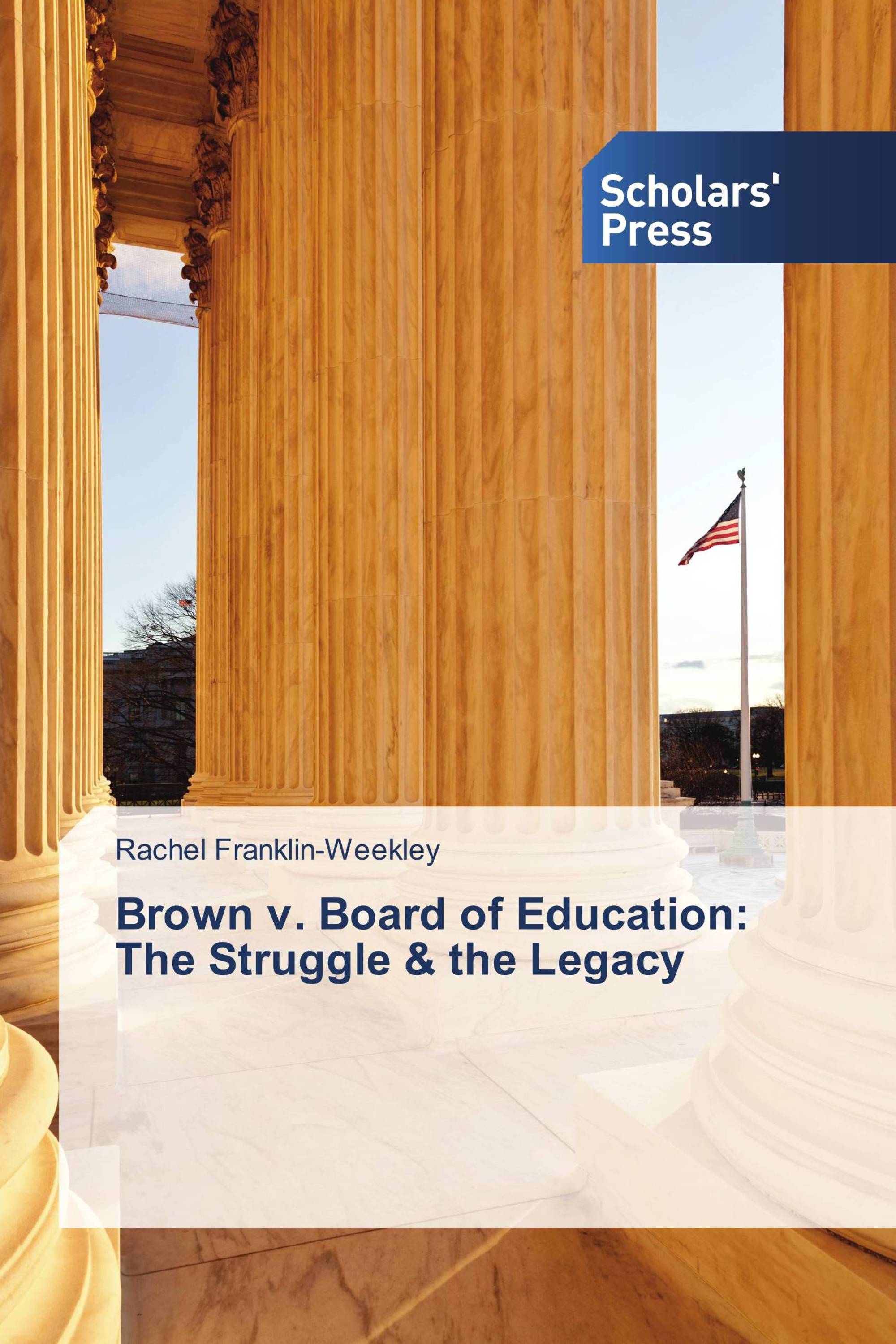Throughout the latter twentieth century, Brown v. Board of Education was viewed as a victory for minority rights. While the promise of Brown was inspirational, its long-term impact has been questioned. Minorities made legal gains in the post-Brown era, but de facto segregation and racial discrimination still persisted. This study begins in Topeka, Kansas, with a community that used segregation to keep African Americans in subservient roles. It then looks at four similar communities that also provided cases for the consolidated Brown v. Board of Education litigation. The legal campaign was designed by Charles Hamilton Houston and carried out by his proteges within the NAACP Legal Defense Fund. While successful, the lengthy effort did not bring the dramatic social change that the NAACP expected. The post-Brown era was marked by both massive and subtle resistance, often resulting in resegregation of U.S. cities. Sixty years later, cultural resources associated with these events have been preserved and interpreted as historic sites. These places prompt visitors to remember and discuss this dramatic period in U.S. history. In this way, Brown continues to provoke, influence, and inspire.
Book Details: |
|
|
ISBN-13: |
978-3-639-70820-2 |
|
ISBN-10: |
3639708202 |
|
EAN: |
9783639708202 |
|
Book language: |
English |
|
By (author) : |
Rachel Franklin-Weekley |
|
Number of pages: |
496 |
|
Published on: |
2014-02-07 |
|
Category: |
Contemporary history (1945 to 1989) |
